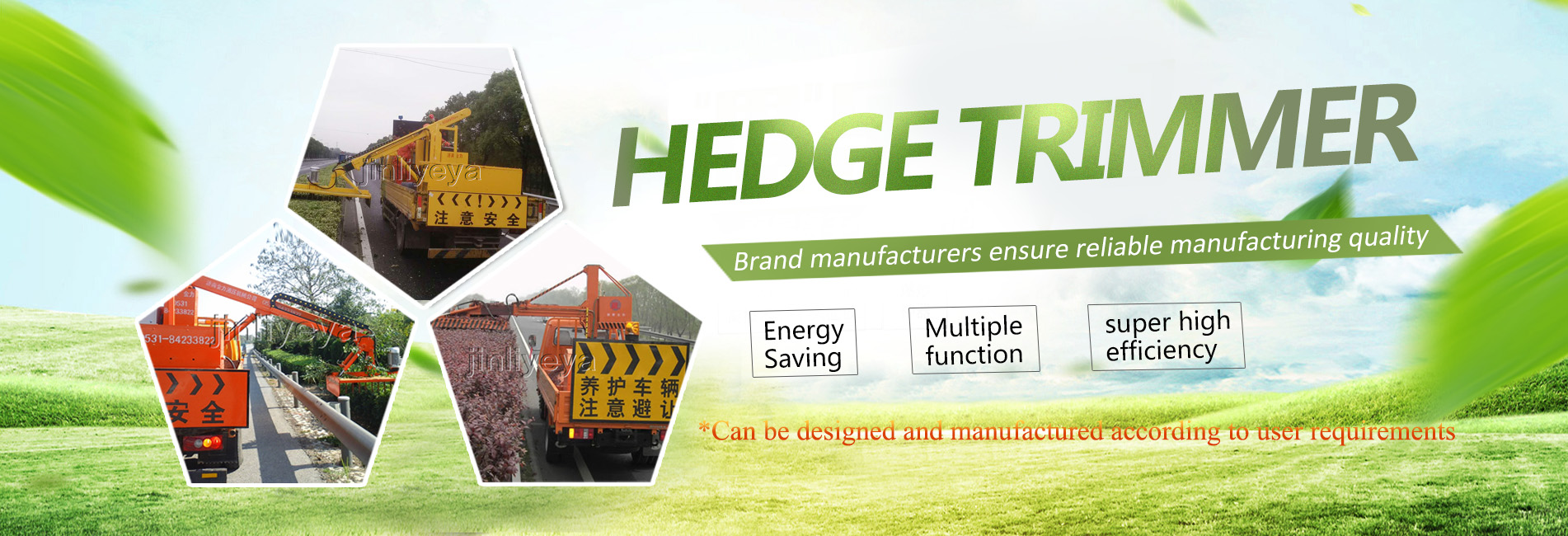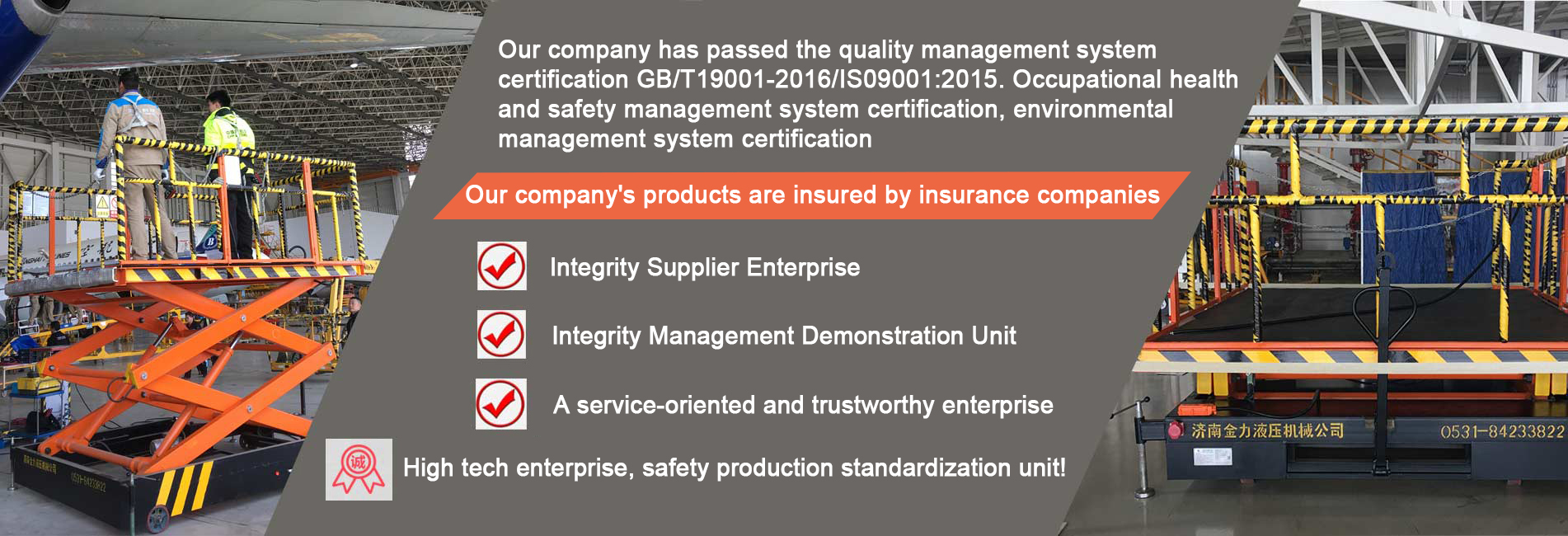There are various faults in the hydraulic system of hydraulic lifting platforms. Different hydraulic machinery (sh è b è i). Due to the differences in the basic control circuit of the hydraulic press that constitutes the hydraulic system and the components that make up the basic control circuit, the faults that occur are also different. Malfunctions caused by system software can be attributed to the malfunctioning of a hydraulic element or a combination of multiple hydraulic elements within the system software. In many cases, major and catastrophic failures are accumulated from small faults. In general, all faults are accompanied by abnormal signs before evolving into major faults, which can be classified into the following levels: 1. Abnormal noises occur, such as abnormal noises from pumps, motors, speed control valves, and other parts. 2. There is a decrease in speed and fatigue in the hydraulic cylinders of the rotating, walking, and hoisting oil motors and their various working equipment. 3. There is a decrease in hydraulic pressure in the car fuel tank and mold growth in the hydraulic oil. 4. There is hydraulic oil leakage on the external surface of the hydraulic components 5. The oil temperature is too high. 6. Pipeline damage, vibration, and loosening. 7. Appearance of burnt smell, etc. Hydraulic lifting platforms all exhibit this phenomenon, which can be observed with the naked eye and detected by hand touch or nose smell if carefully observed throughout the entire application process. Users should conduct on-site inspections based on necessary basic theories and social experience to identify the cause of the malfunction and repair it as soon as possible. When hydraulic systems of hydraulic lifting platforms fail, it is often difficult to immediately locate the faulty part in most cases. Due to the fact that various components and auxiliary equipment, as well as their hydraulic oil, are mostly enclosed in enclosures and pipelines in hydraulic systems, they cannot be immediately inspected like gear transmission, and they are not as convenient as power circuits in terms of measurement. In addition, system software can only primarily display fault phenomena during operation, and the root cause of a certain fault phenomenon can have multiple possible causes. The unique secrecy and complexity of such hydraulic system failures are mainly manifested by the complexity of system software and the increase in the total number of hydraulic components. This creates a difficulty factor for regular inspection and troubleshooting. Usually, the cause of the fault cannot be identified in one go, so continuous in-depth analysis and inspection are necessary until the cause of the fault is found. In order to better locate the faulty parts of the hydraulic lifting platform, reduce and prevent one sidedness to a large extent, and prevent the disassembly of components that cannot be disassembled as much as possible, in specific work, the following procedures are usually followed to solve the faults that occur in hydraulic systems. {12}
{1}
{2}
{3}
{4}
{5}
{6}
{7}
{8}
{9}
{10}
{11}
{12}







